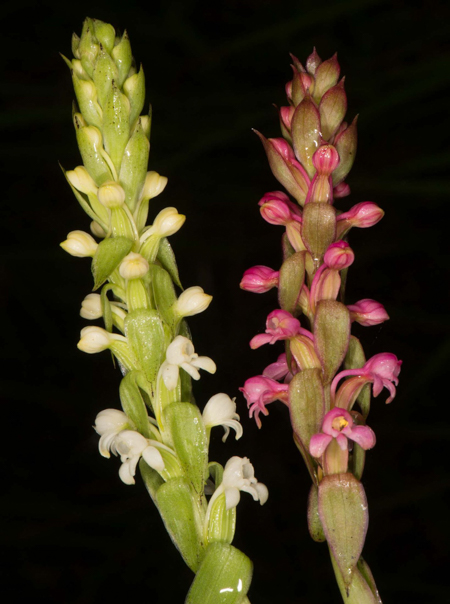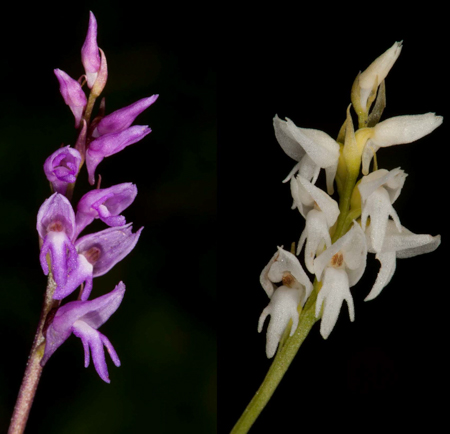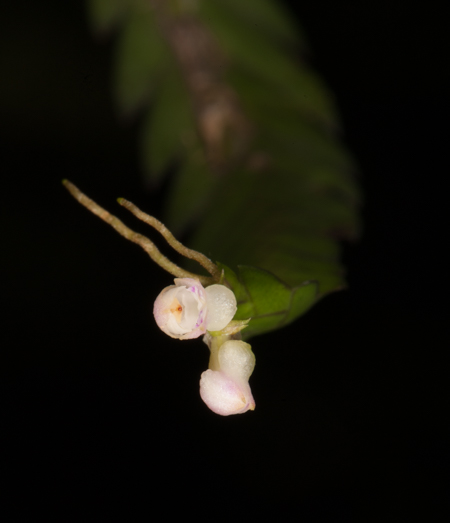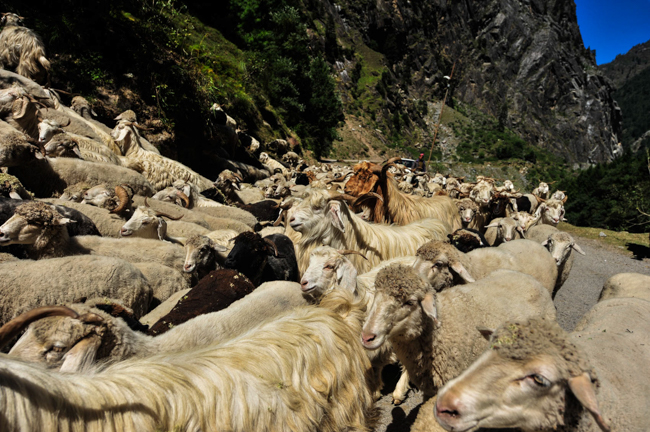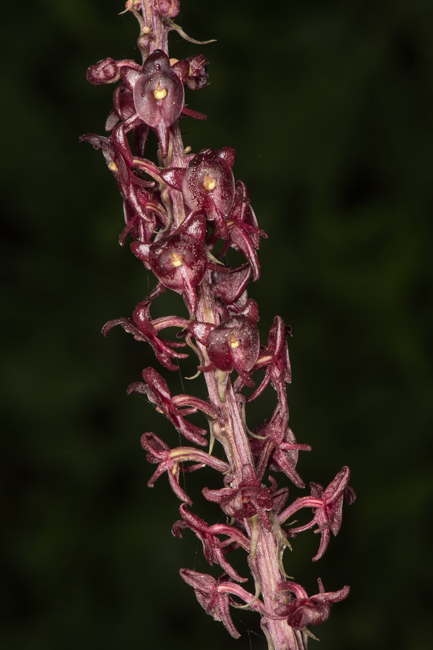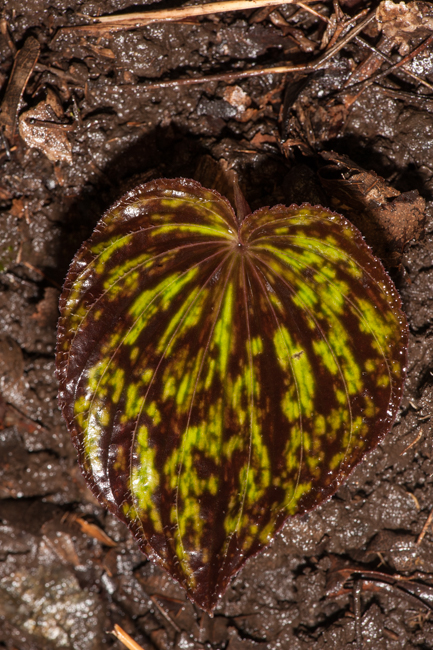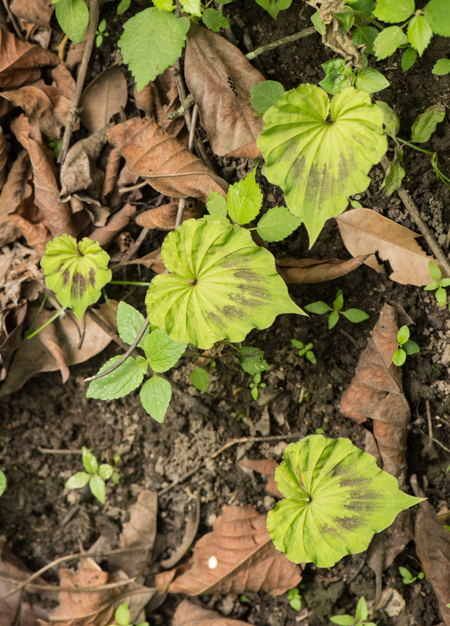An interesting and mostly unnoticed characteristic in orchid plants is the shape of its leaf apex (tip). It varies in shape and size – acuminate to subacuminate, bilobulate, cuspidate, mucronate, obtuse to rounded, tridenticulate, unequally bilobed etc.
The reason behind leaf apices attaining different shapes is a bit unknown and complicated, but the general theory is that the shape and size of leaf apices help leaves drain rainwater efficiently. Rapid removal of water droplets from its leaf surfaces is very important for plants to avoid damage.
Whatever the reason, the shape and size of leaf apices help a lot in identifying several species, while they are not in bloom.






Post 33 – 27/November/2020








